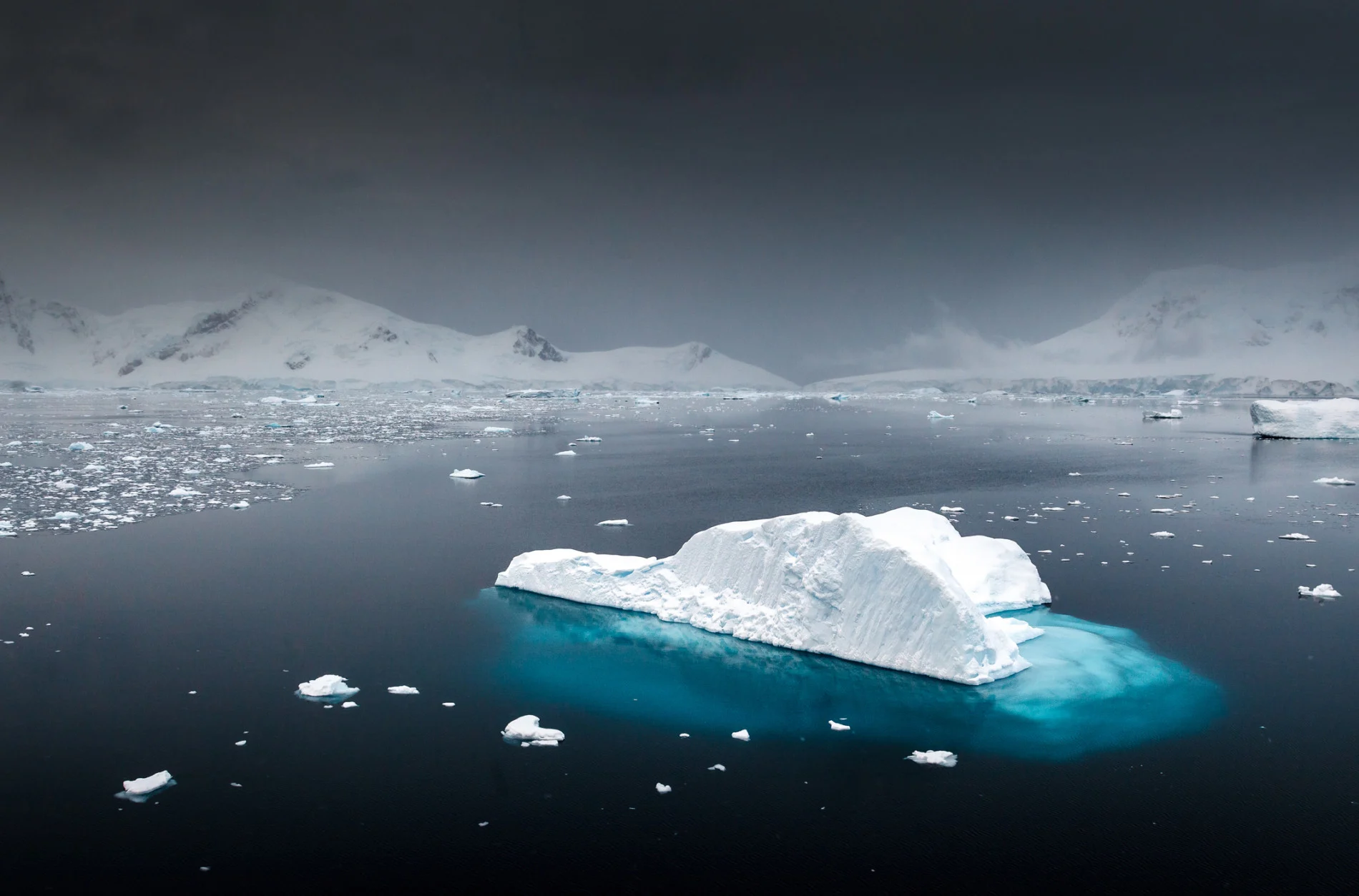
"Blue Blob" in the North Atlantic could keep melting glaciers cool, study says
The relatively chilly ocean patch in the North Atlantic helped slow the melt rate of glaciers in Iceland, but this will only last for a few more decades before accelerated melting resumes.
A region of the North Atlantic Ocean has been dubbed the “Blue Blob” by scientists due to its abnormally cool temperatures compared to the rest of the ocean. This peculiar ocean patch could have significant impacts on the surrounding region and a study says that it could slow the melting rate of glaciers until 2050 before melting accelerates.
Researchers from the American Geophysical Union say the Blue Blob has mitigated atmospheric warming in Iceland and is shielding many glaciers from unprecedented warmth. The Blue Blob’s presence was first noticed in 2011 after Icelandic glaciers experienced steady shrinkage from 1995 to 2010.
In 2011, nearby glaciers, such as those in Greenland and Svalbard, continued to shrink, but the melt rate of some glaciers in Iceland significantly slowed. The Blue Blob was at its strongest during the winter of 2014-2015 when its oceanic temperature was roughly 1.4°C colder than usual.

A recent slowdown in the melting of Iceland’s glaciers is likely caused by a patch of unusually cold water in the North Atlantic Ocean, according to a study published in the AGU journal Geophysical Research Letters. (Finnur Pálsson)
The researchers say that the cooler waters around the Blue Blob are linked to lower air temperatures over the glaciers in Iceland and coincide with the slowed melt rate.
The tallest Icelander glaciers are over 2,000 metres tall and on average are 340 metres thick. Despite the monstrous size of the ice, the study says without significant steps to mitigate climate change, Iceland’s glaciers could vanish by 2300. If all this ice melts, scientists estimate that global sea levels would rise by roughly nine millimetres.

The researchers verified the results of their models using depth measurements from Iceland’s glaciers, collected by colleagues at the University of Iceland since the 1990s. (Finnur Pálsson)
The origin and cause of the Blue Blob are unclear and are being investigated by the researchers. Some scientists say that the Blue Blob is just part of the normal variability in ocean temperatures since cold, deep water from the depths of the sea can travel upwards to the surface. Others say it could be connected to broader ocean circulation patterns.
Interestingly, a “Warming Hole” was found in the same region of the North Atlantic before the Blue Blob was detected. The Warming Hole reduced sea surface temperatures by 0.4-0.8°C during the last 100 years and could continue to cool this part of the Arctic in the coming decades.
The researchers suggest that the Warming Hole could be connected to the slowdown of the Atlantic Meridional Overturning Circulation (AMOC). The AMOC is a major ocean current that transports warm water from the tropics towards the Arctic and the researchers suggest that the Warming Hole could be a result of reduced ocean heat transported to this region.
Data reveals that the AMOC has considerably weakened in the past 150 years and warming events in the Northwest Atlantic have been strongly correlated with times when the AMOC was unusually weak. Warming temperatures and an influx of freshwater from melting ice, such as the Greenland ice sheet, have been cited as the stressors that are weakening the circulation.
“In the end, the message is still clear,” Brice Noë, the study’s lead author, stated in a press release. “The Arctic is warming fast. If we wish to see glaciers in Iceland, then we have to curb the warming.”
Thumbnail credit: David Merron/ 500px Prime/ Getty Images












